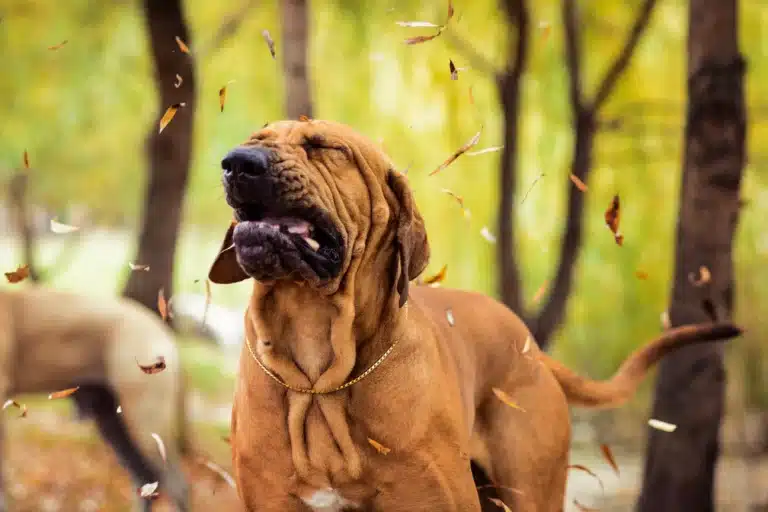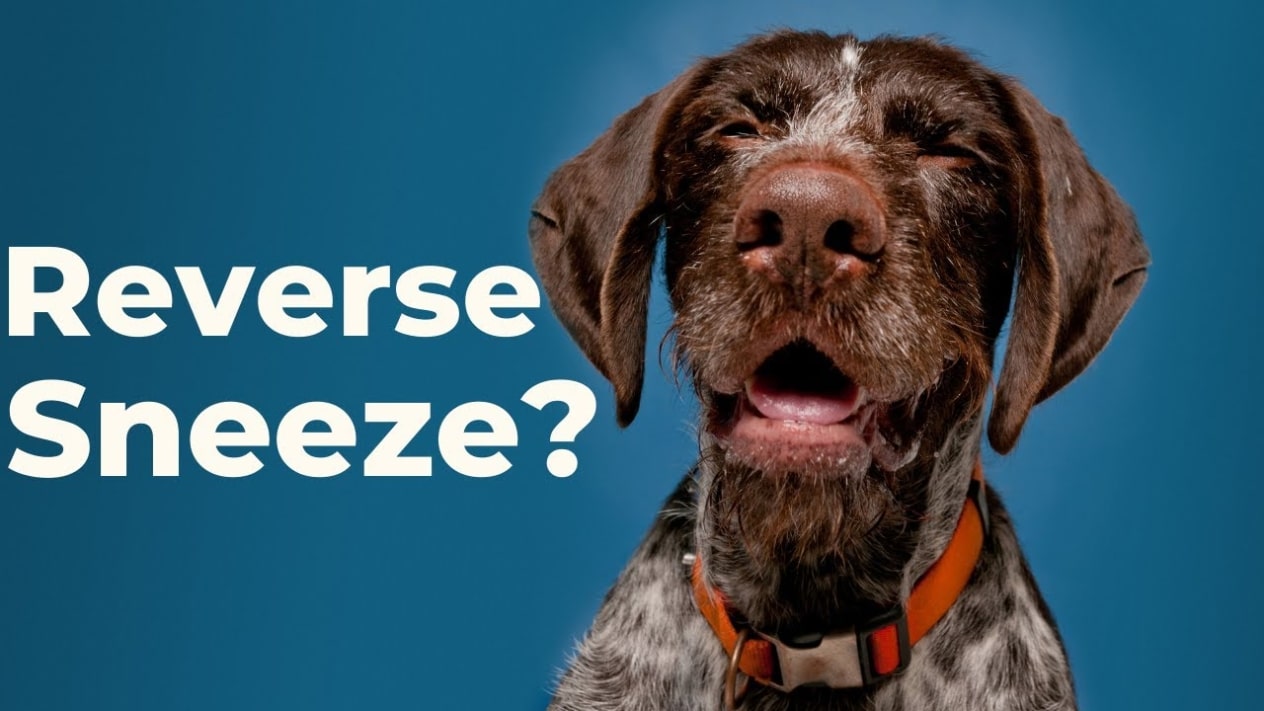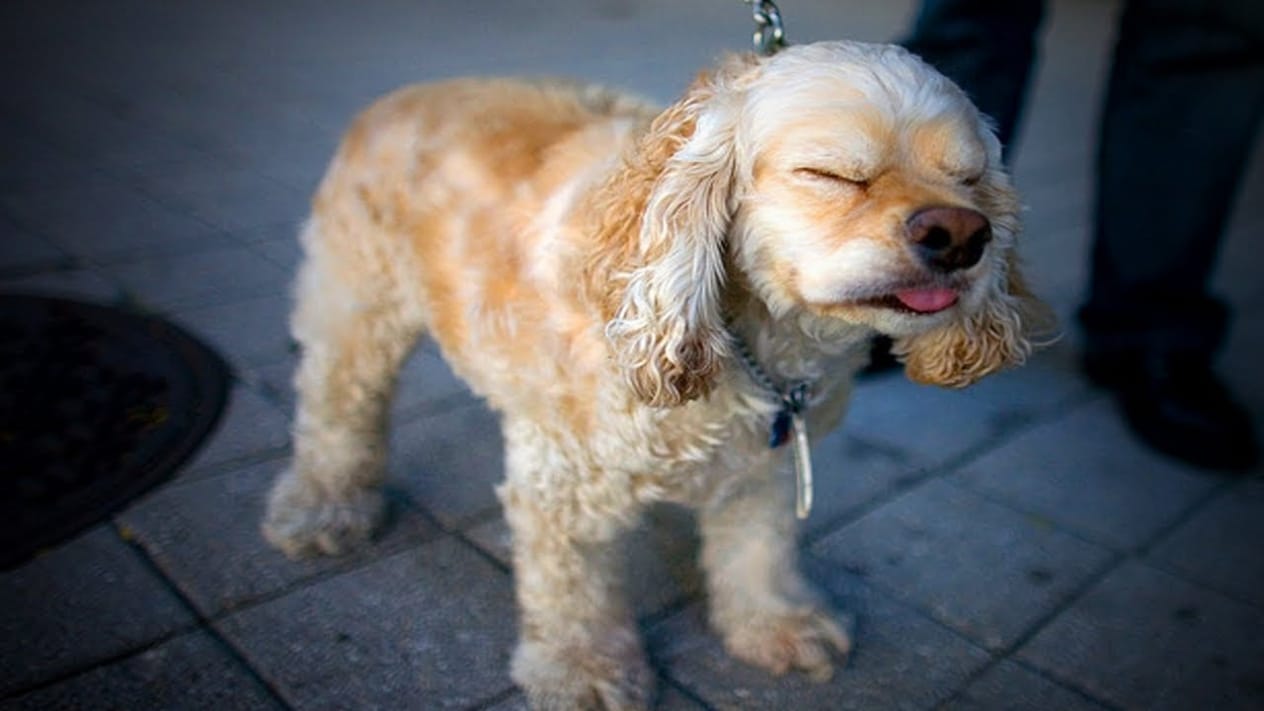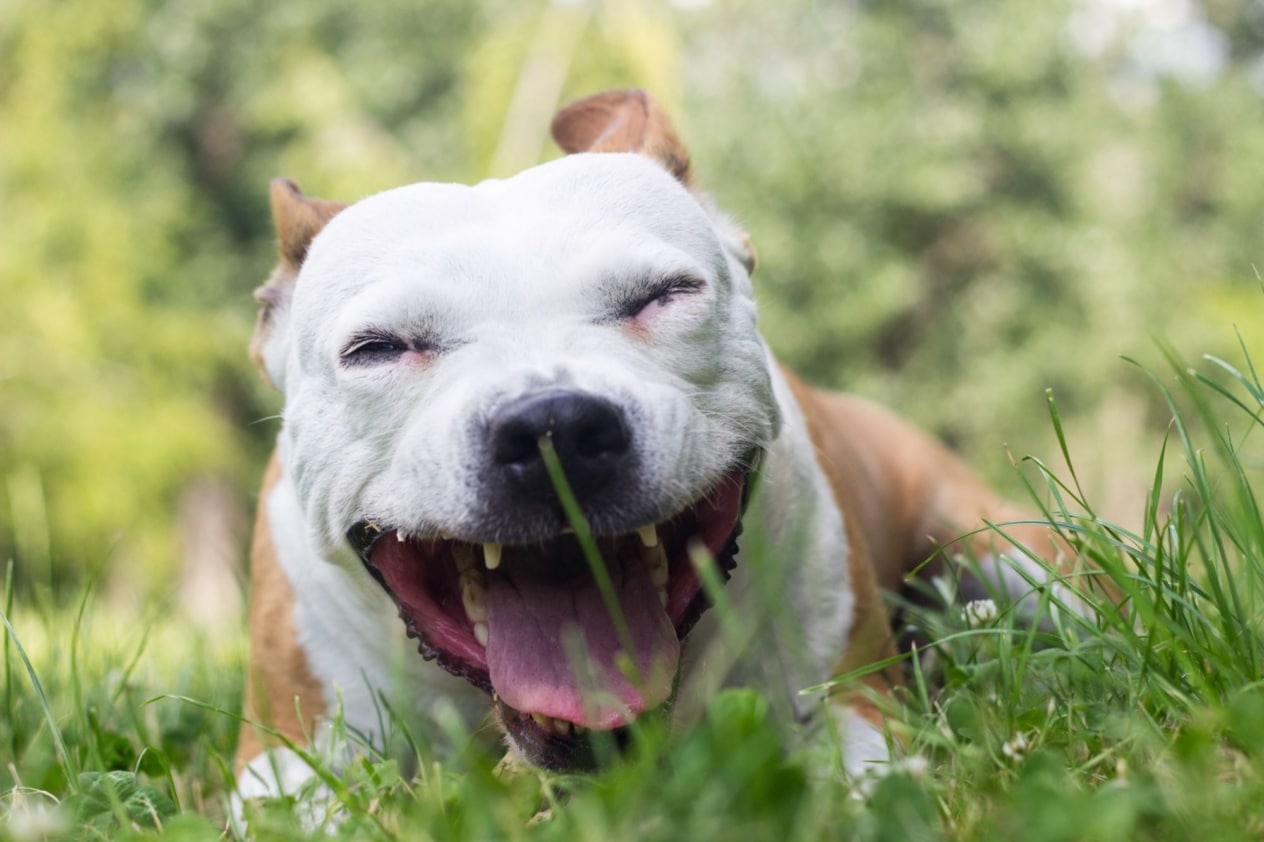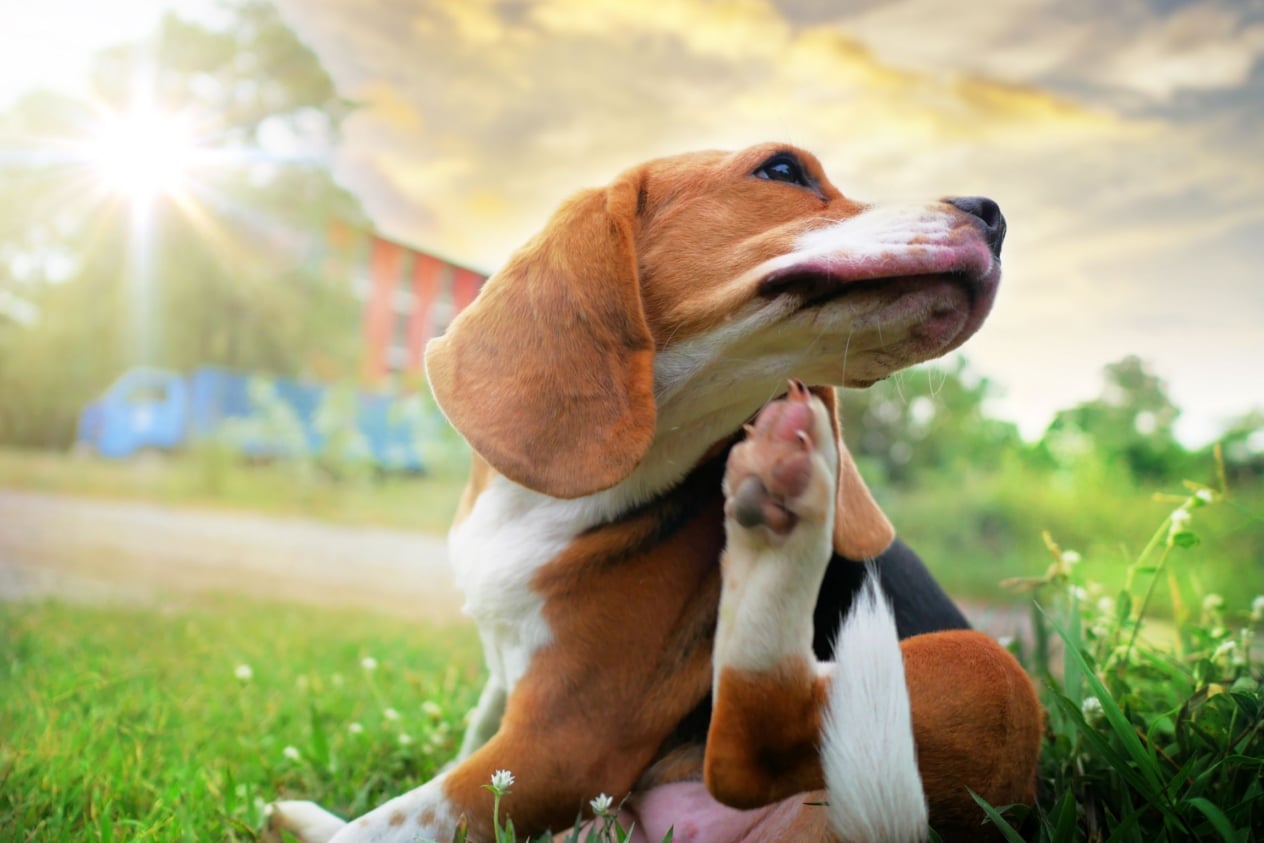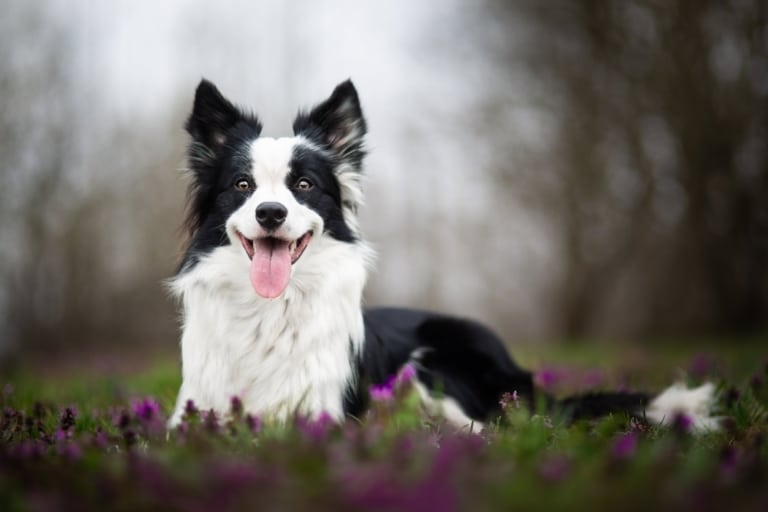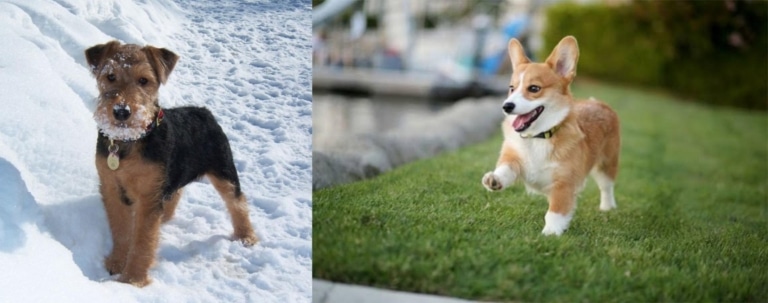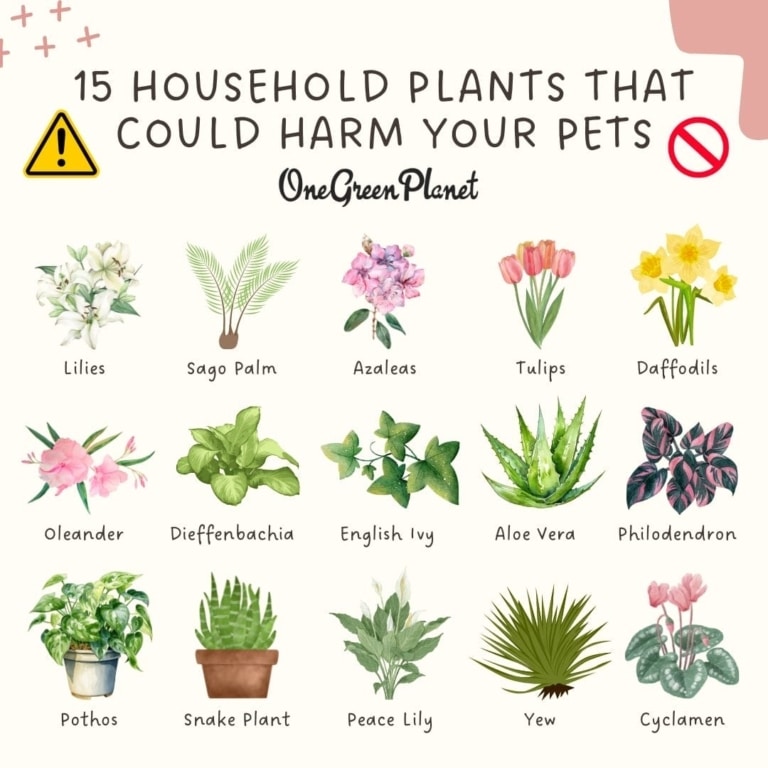Sneezing in dogs is a natural reflex, just like in humans. But when it becomes frequent, prolonged, or accompanied by other symptoms, it’s a signal to look out for. Not every dog sneeze is cause for panic, but every sneeze is cause for attention. Let’s find out why your dog sneezes, when to see a doctor, how you can help at home, what to do when your dog sneezes often and how to prevent it in the future.
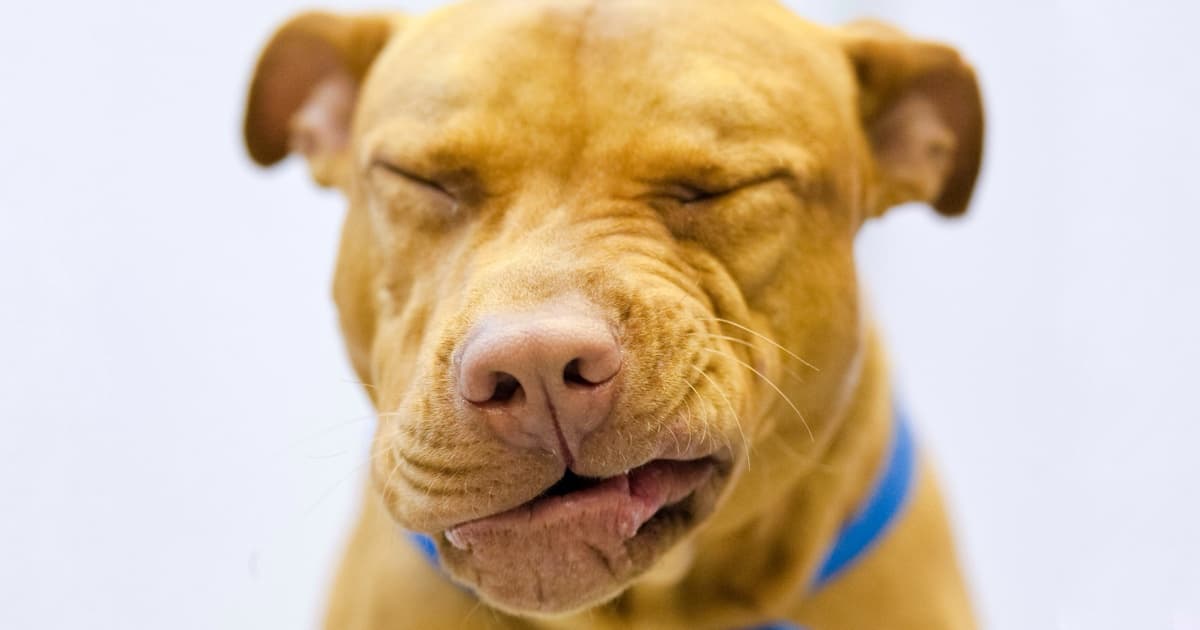
Possible causes of sneezing in dogs.
Dogs can sneeze for many reasons, and most of them are quite harmless. For example, a speck of dust, hair or even a small insect has gotten into the nose, and the body instantly works to expel all the excess. Sneezing can also be a manifestation of allergies to dust, pollen, cleaning chemicals, perfumes, aerosols or even food. Dogs with short faces (brachycephals) often sneeze because their airways are anatomically narrower and more sensitive. A special mention should be made of the so-called reverse sneeze, a phenomenon where the dog inhales air sharply through the nose with a characteristic wheeze. It may look frightening, but in most cases it is safe. However, if the dog sneezes many times in a row, accompanied by discharge, coughing, fever or lethargy, it may indicate an infection (e.g. viral rhinitis, bordetellaosis), parasites in the nasal passages or a foreign body in the nose.
When to see a veterinarian
Sneezing alone is not a reason to run to the clinic. But there are a number of symptoms that, in combination with sneezing, should alert you. If there is pus, blood or mucus coming out of the nose, if the sneezing is accompanied by wheezing, difficulty breathing, loss of appetite or fever – this is a clinical case. It is also dangerous if the dog rubs his muzzle with his paws, does not let you touch his nose or constantly sneezes in a series. In such situations, it can indicate serious inflammation, polyps, parasites or even a tumor. It is important not to self-medicate – it is better to go straight to the veterinarian, who will make an examination, possibly x-ray or endoscopy, and establish the true cause.
Home remedies
So when a dog sneezes how do you treat it? If you are sure that the sneezing is not caused by a serious reason and the dog is feeling well, you can help at home. First of all – ventilate the room and remove possible irritants: fragrances, air fresheners, detergents with a pungent odor. Check if the air is dry – in winter it is a common cause of irritation of the mucous membranes. A humidifier or a simple container of water near the radiator can significantly improve the situation. You can also gently rinse the dog’s nose with saline solution (0.9% NaCl) if dust or dryness is suspected. But this should be done carefully and only if the animal does not mind. If sneezing occurred after a walk, examine the nose for the presence of blades of grass or seeds – sometimes the cause is a banal foreign body. And do not forget about nutrition – sometimes allergies to food manifest themselves precisely because of sneezing.
Prevention of sneezing in dogs
To minimize the risk, it is important to create a comfortable and safe environment for your dog. Avoid harsh chemical odors in the house, regularly clean the places where the animal sleeps and plays, and ventilate the room. During walks, pay close attention to where your dog pokes his nose – bushes or dry grass can be irritants. Choose high quality food with a minimum of artificial flavors. And most importantly, don’t ignore routine vet checkups: many allergies and chronic respiratory conditions are better detected early. And if your dog is brachycephalic, such as a pug or French bulldog, it’s especially important to keep an eye on temperature and humidity – they have a harder time breathing anyway.
Conclusion
Sneezing is not a judgment, but it is not nothing. It can be a harmless reaction or it can signal a serious problem. Attention, observation and timely help are the three key steps to keeping your dog healthy and breathing freely. And if you need support, we’re here for you.

